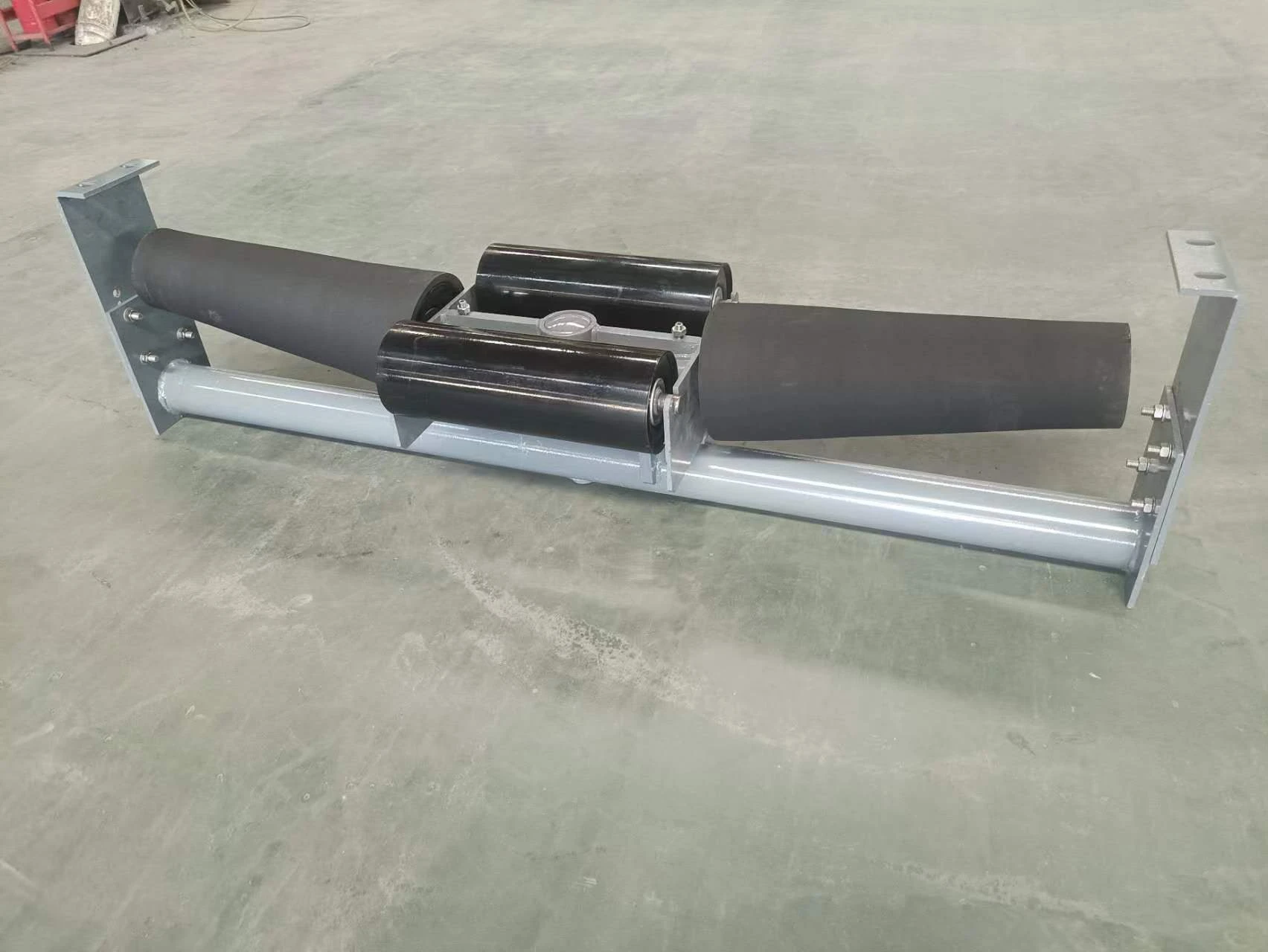 Afrikaans
Afrikaans  Albanian
Albanian  Amharic
Amharic  Arabic
Arabic  Armenian
Armenian  Azerbaijani
Azerbaijani  Basque
Basque  Belarusian
Belarusian  Bengali
Bengali  Bosnian
Bosnian  Bulgarian
Bulgarian  Catalan
Catalan  Cebuano
Cebuano  Corsican
Corsican  Croatian
Croatian  Czech
Czech  Danish
Danish  Dutch
Dutch  English
English  Esperanto
Esperanto  Estonian
Estonian  Finnish
Finnish  French
French  Frisian
Frisian  Galician
Galician  Georgian
Georgian  German
German  Greek
Greek  Gujarati
Gujarati  Haitian Creole
Haitian Creole  hausa
hausa  hawaiian
hawaiian  Hebrew
Hebrew  Hindi
Hindi  Miao
Miao  Hungarian
Hungarian  Icelandic
Icelandic  igbo
igbo  Indonesian
Indonesian  irish
irish  Italian
Italian  Japanese
Japanese  Javanese
Javanese  Kannada
Kannada  kazakh
kazakh  Khmer
Khmer  Rwandese
Rwandese  Korean
Korean  Kurdish
Kurdish  Kyrgyz
Kyrgyz  Lao
Lao  Latin
Latin  Latvian
Latvian  Lithuanian
Lithuanian  Luxembourgish
Luxembourgish  Macedonian
Macedonian  Malgashi
Malgashi  Malay
Malay  Malayalam
Malayalam  Maltese
Maltese  Maori
Maori  Marathi
Marathi  Mongolian
Mongolian  Myanmar
Myanmar  Nepali
Nepali  Norwegian
Norwegian  Norwegian
Norwegian  Occitan
Occitan  Pashto
Pashto  Persian
Persian  Polish
Polish  Portuguese
Portuguese  Punjabi
Punjabi  Romanian
Romanian  Russian
Russian  Samoan
Samoan  Scottish Gaelic
Scottish Gaelic  Serbian
Serbian  Sesotho
Sesotho  Shona
Shona  Sindhi
Sindhi  Sinhala
Sinhala  Slovak
Slovak  Slovenian
Slovenian  Somali
Somali  Spanish
Spanish  Sundanese
Sundanese  Swahili
Swahili  Swedish
Swedish  Tagalog
Tagalog  Tajik
Tajik  Tamil
Tamil  Tatar
Tatar  Telugu
Telugu  Thai
Thai  Turkish
Turkish  Turkmen
Turkmen  Ukrainian
Ukrainian  Urdu
Urdu  Uighur
Uighur  Uzbek
Uzbek  Vietnamese
Vietnamese  Welsh
Welsh  Bantu
Bantu  Yiddish
Yiddish  Yoruba
Yoruba  Zulu
Zulu bearing housing types
Understanding Bearing Housing Types A Key Component in Machinery
Bearing housings are critical components in various types of machinery, playing a vital role in supporting rotating shafts and facilitating smooth operations. They are designed to accommodate bearings and ensure proper alignment while providing protection against contaminants and external forces. Understanding the different types of bearing housings is essential for selecting the right one for specific applications.
Understanding Bearing Housing Types A Key Component in Machinery
2. Solid Bearing Housings Unlike split housings, solid bearing housings are made from a single piece of material. This design enhances rigidity and stability, making them suitable for high-load applications. Solid housings are often used in environments where strength and durability are paramount. However, they may require more effort for maintenance, as bearings must be replaced with the entire housing assembly.
bearing housing types

3. Pillow Block Housings Pillow block housings are a popular choice in industrial settings due to their ease of installation and versatility. They feature a base that raises the axis of the shaft above the mounting surface, allowing for effective lubrication and cooling. Pillow blocks are available in various designs, including flanged and non-flanged types, catering to different mounting requirements. Their design allows for easy access to bearings, which simplifies maintenance tasks.
4. Take-Up Housings Take-up housings are unique in that they provide the ability to adjust the tension of the belt drive systems. They are essential in applications where belt slack can impact performance. By allowing for linear movement of the shaft, take-up housings help maintain proper alignment and extend the lifespan of both the bearing and the belt.
In conclusion, the selection of bearing housing types significantly impacts the efficiency and longevity of machinery. Understanding the distinctions among split, solid, pillow block, and take-up housings allows engineers and technicians to make informed decisions tailored to the specific demands of their applications. By choosing the appropriate bearing housing, industries can enhance their operational reliability and reduce maintenance costs.
-
Revolutionizing Conveyor Reliability with Advanced Rubber Lagging PulleysNewsJul.22,2025
-
Powering Precision and Durability with Expert Manufacturers of Conveyor ComponentsNewsJul.22,2025
-
Optimizing Conveyor Systems with Advanced Conveyor AccessoriesNewsJul.22,2025
-
Maximize Conveyor Efficiency with Quality Conveyor Idler PulleysNewsJul.22,2025
-
Future-Proof Your Conveyor System with High-Performance Polyurethane RollerNewsJul.22,2025
-
Driving Efficiency Forward with Quality Idlers and RollersNewsJul.22,2025





























